The G-20 Trump-Xi meeting yielded a reprieve to the U.S.-China trade war. Mireya Solís writes that we might as well enjoy it while it lasts, knowing the maelstrom of forces that will make 2019 an epochal year for the future of the trading system. This piece originally appeared in The Mainichi.
The international community sighed with relief at the news that President Trump and President Xi had agreed to press pause on the rapidly escalating tariff war between the two largest economies in the world. On the sidelines of the G-20 summit in Buenos Aires, both leaders dined on Argentinian beef and wine and struck a more cordial note in disclosing a truce agreement that, for now, avoids a breakdown in Sino-American economic relations.
While the full details of the bilateral understanding have yet to emerge, this much is known: Both sides agreed to a standstill on tariffs, so the United States will not increase the tariff applied to $200 billion worth of Chinese imports from 10 to 25 percent in January, but the existing tariffs and counter-tariffs imposed by both nations at the onset of the trade row will stay in place. The goal is to give another chance to structural negotiations over intellectual property protection, cyber theft, technology transfers, services, and agriculture. President Xi brought some sweeteners to the dining table, announcing China’s plans to immediately increase purchases of American agricultural products, to name fentanyl as a controlled substance in a move that can help the U.S. fight the opioid crisis, and the nod from President Xi that he may reverse the decision forbidding the Qualcomm-NXP merger deal, initially denied on antitrust grounds.
Moving back from the brink of a tariff spiral that would kill the chances of any bilateral talks is certainly good news. But what Trump and Xi have done is merely punt the ball on heated (and perhaps intractable) trade and investment negotiations to 2019. The structural negotiations highlighted above are supposed to move at a fast clip, with only a 90-day window to show substantial results or end the tariff ceasefire. The compressed timeline raises two issues. First, that President Trump’s “wins” in Buenos Aires may be very short-lived. A key American objective was to find relief for American farmers who have been not only shut out of the Chinese market but will also face stiffer competition in the lucrative Japanese market as the TPP agreement that Trump spurned enters into force at the end of the year.
The problem with the diplomatic handshake approach to the Trump-Xi meeting is its ephemeral status. American farmers may find out soon enough that what one hand giveth, the other taketh away if the talks fail by next March. Second, confidence in fast-track negotiations hinges on the one undeliverable of the Trump-Xi meeting: a political understanding on the parameters for a reset of U.S.-China economic relations that both sides can live with.
Absent such a grand bargain, the G-20’s newly adopted goal of WTO reform may also flounder. China’s position on WTO reform is in fact a defense of the status quo. China intends to continue to claim developing country status in order to enjoy special and differential treatment, and has pushed back on what it deems discriminatory treatment of state-owned enterprises (SOEs). These are areas of core disagreement with the United States, Japan, and the EU who have launched a trilateral effort to provide a blueprint for WTO reform that includes, among other elements, criteria for graduation from developing country status and more effective rules to discipline industrial subsidies and curb unfair advantages for SOEs. But the undercurrents of WTO reform are even more complex with significant disagreements among allied nations on the legitimacy of U.S. tariffs on steel on national security grounds and its refusal to appoint new members to the Appellate Board citing judicial overreach. If no compromise solution on the latter is found by December of 2019, the ability of the WTO to adjudicate disputes among members will be compromised.
The G-20 meeting also witnessed the sharp twists and turns on trade policy that have come to characterize the Trump era. Optimism after the leaders of the United States, Mexico, and Canada signed their renegotiated trade agreement quickly deflated with Trump’s remarks on his intention to withdraw from the original North America Trade Agreement, which would effectively give Congress six months to choose between his deal or no deal at all. If Trump does indeed follow this path of confrontation with the new Congress featuring a Democratic majority in the House, the NAFTA withdrawal decision will be contested politically and legally at home. But it will also undermine relations with Canada and Mexico, who will have no sympathy for a brinkmanship approach that threatens the chances of their hard-fought trade deal.
Structural negotiations with China, WTO reform, and ratification of the United States-Mexico-Canada Agreement (USMCA) would tax the bandwidth of any administration, but American trade policy will be in overdrive with critical decisions on other major trade fronts as well. The moment of truth will soon come for the national security tariffs on automobiles. The Commerce Department must issue its findings and recommendations by next February, after which the president will have 90 days to decide on implementation measures. The threat of auto tariffs has been useful for the Trump administration to persuade both the European Union and Japan to initiate bilateral negotiations, but in both instances, there are glaring disagreements on the scope of the trade talks, signaling the challenges ahead. Any breakdown of talks that lead to the imposition of auto tariffs would end the chances of trilateral coordination to address China’s unfair trading practices. For the U.S.-Japan talks in particular, American requests to include enforceable currency manipulation provisions and/or export restraints in autos would mean protracted and tense negotiations. Even the best-case scenario, an early harvest agreement on agriculture, could become casualty to new lows in U.S. partisanship if the White House and Congress are locked in a debate on who is to blame for the possible demise of NAFTA.
The G-20 Trump-Xi meeting yielded a reprieve to the U.S.-China trade war. We might as well enjoy it while it lasts, knowing the maelstrom of forces that will make 2019 an epochal year for the future of the trading system.
The Brookings Institution is committed to quality, independence, and impact.
We are supported by a diverse array of funders. In line with our values and policies, each Brookings publication represents the sole views of its author(s).

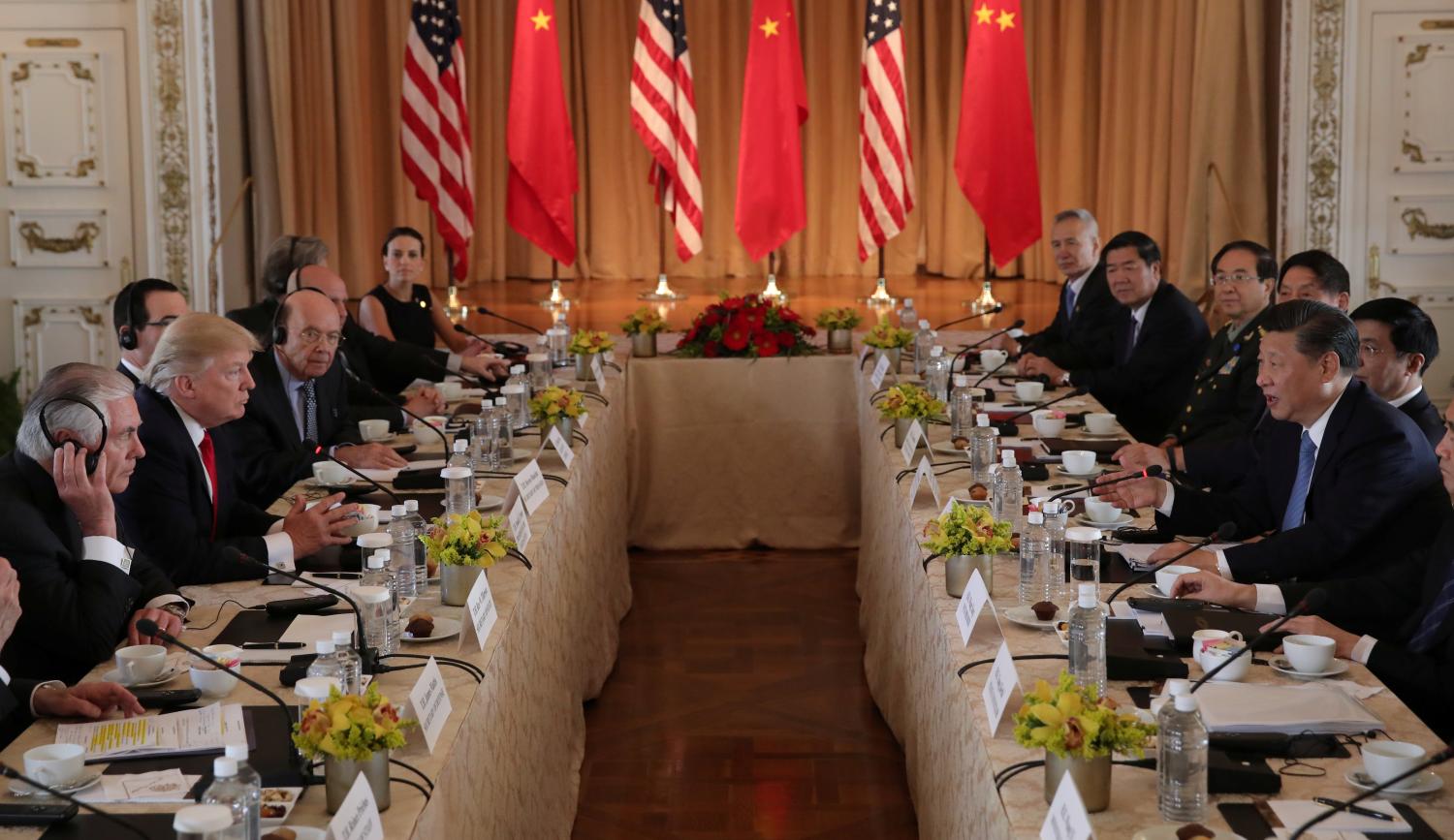
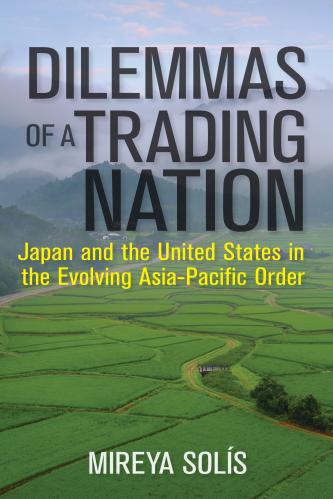
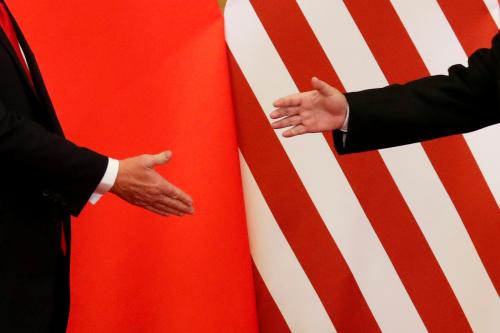
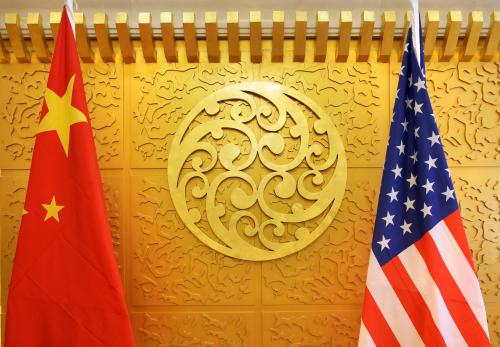
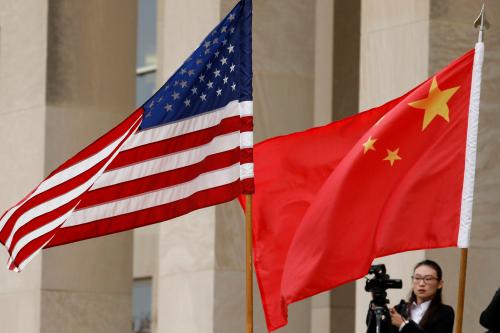

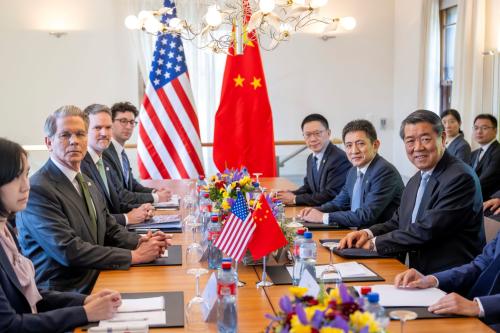
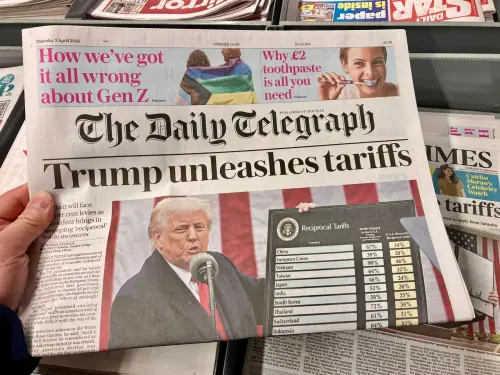
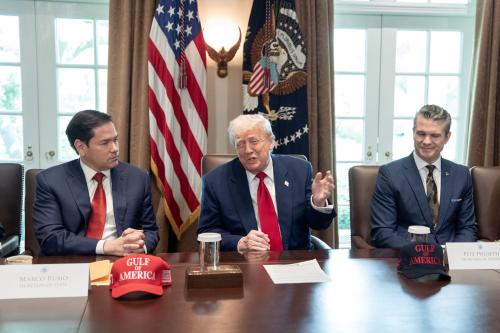
Commentary
Enjoy the Trump-Xi trade war truce while it lasts
But brace for 2019
December 5, 2018